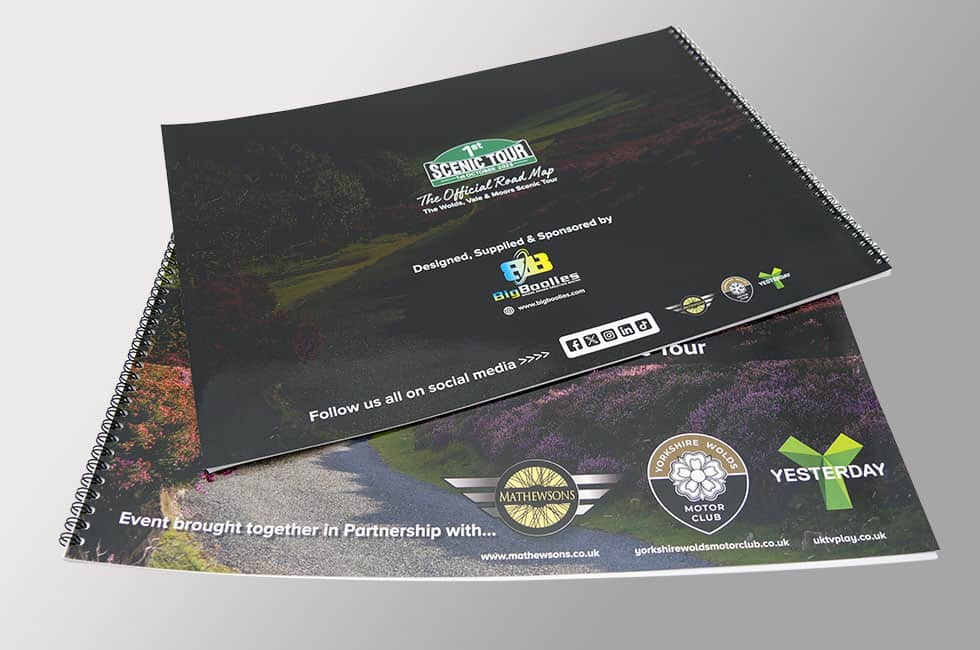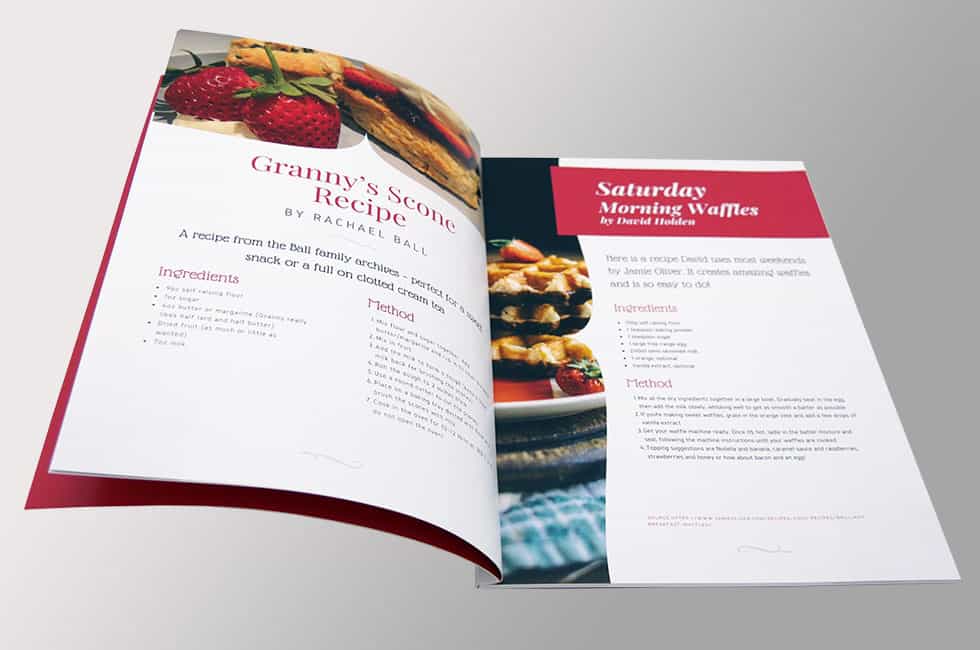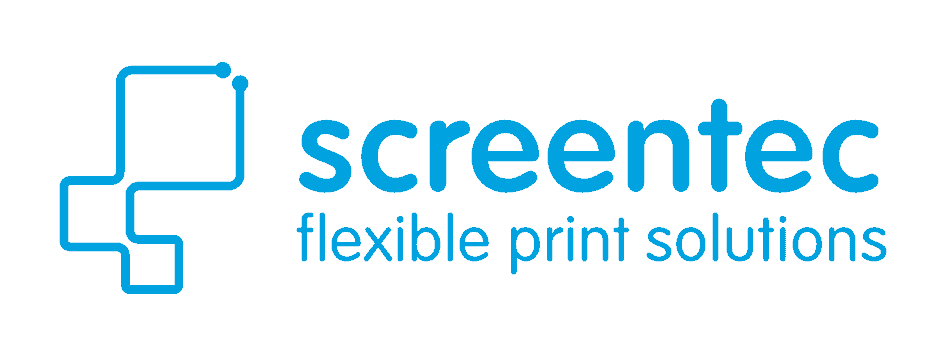Book printing has been a cornerstone of knowledge sharing, storytelling, and cultural preservation for centuries. As technology has evolved, so too have the methods used to print books, from the traditional hand-press techniques of the past to the highly efficient digital printing solutions of today.
In the UK, book printing has a rich history that reflects both innovation and tradition. This blog explores the evolution of book printing in the UK and looks at how modern alternatives like saddle stitching and wire / wiro binding are becoming increasingly popular alongside traditional books.
The Origins: Traditional Book Printing in the UK
The history of book printing in the UK dates back to the late 15th century when William Caxton introduced the first printing press to England in 1476. His press revolutionised the way information was disseminated, making books more accessible to the public. Before this, books were meticulously hand-copied by scribes, a time-consuming and expensive process that limited access to the written word.
Caxton’s press used the letterpress method, where individual letters were arranged by hand and then pressed onto paper using ink. This method dominated book production for several centuries, though it was slow by today’s standards. It wasn’t until the Industrial Revolution in the 19th century that significant advancements were made in the speed and efficiency of printing.
The Move to Offset Lithography
The early 20th century saw the rise of offset lithography, a technique that allowed for faster, cheaper, and more precise printing. Offset lithography works by transferring an image from a plate to a rubber blanket, and then onto the printing surface. This process became the preferred method for book printing in the UK because it could produce high-quality prints at high volumes.
With the rise of offset printing, the UK saw a boom in book production. Many iconic publishers such as Penguin Books capitalised on this technology, making literature affordable and accessible to the masses. Offset printing remains a widely used method today, especially for large print runs of books.
The Digital Printing Revolution
In the late 20th century, digital printing began to revolutionise the printing industry. Unlike traditional printing methods, digital printing doesn’t require the creation of printing plates, making it a faster and more cost-effective option, especially for small print runs.
Digital printing works by transferring digital images directly onto paper. This method allows for “print on demand,” where books can be printed as they are ordered, reducing waste and storage costs. Digital printing is particularly popular for self-publishing authors and small publishing houses in the UK, as it offers flexibility in production and eliminates the need for large upfront investments in printed stock.
Alternatives to Traditional Books
While books remain an essential format for sharing knowledge and stories, other printed formats have become increasingly popular, especially in marketing and educational settings. These alternatives, including brochures, booklets, and different binding methods, offer versatility for various needs.
Brochures / Booklets
Brochures and booklets are perfect for shorter, more concise information-sharing. They are used by businesses for product catalogues, guides, or promotional materials. In contrast to traditional books, brochures and booklets offer more flexibility in terms of layout, design, and length. They are often created using digital printing due to the quick turnaround time required for such projects.

Perfect Bound
Perfect binding is a popular choice for professional-looking booklets or thicker documents and is usually the traditional method used for book creation It involves gluing the pages together at the spine with a flexible adhesive, creating a smooth, flat edge. This method is often used for paperback books, catalogues, and annual reports. Perfect bound brochures and booklets offer a polished finish and are ideal for presentations, portfolios, and publications that need to make a lasting impression.

Wire / Wiro Bound
Wire binding, often referred to as wiro binding, involves securing printed pages together with a wire coil. This method is particularly useful for documents that need to lie flat when opened, such as manuals, notebooks, or calendars. Wire-bound booklets are an excellent choice for creating functional, easy-to-use documents that need to withstand regular handling.

Saddle Stitched Brochures / Booklets
Saddle stitching is a binding method in which folded sheets of paper are bound together using staples along the spine. This technique is ideal for smaller, lightweight brochures and booklets with a low page count. Saddle-stitched brochures are cost-effective and versatile, making them a popular choice for event programmes, product catalogues, and short reports.

The Future of Book Printing in the UK
As digital technology continues to evolve, so too will the world of book printing. We are already seeing the rise of new techniques such as 3D printing, which has the potential to revolutionise how books and printed materials are produced. Additionally, the integration of augmented reality (AR) into printed books is gaining momentum, providing interactive experiences that blend the physical and digital worlds.
Despite these advancements, traditional printing methods like offset lithography and digital printing are expected to remain staples of the industry for years to come. There will always be a demand for printed books, brochures, and booklets, especially as consumers continue to value the tactile experience of holding a physical product in their hands.

The evolution of book printing in the UK is a testament to the industry’s ability to adapt and innovate. From the introduction of the printing press in the 15th century to today’s cutting-edge digital printing technologies, the world of print has come a long way. For businesses and individuals alike, understanding the various printing methods and alternatives, such as brochures, booklets, and different binding styles, can help in choosing the right solution for their projects.
Whether you need a beautifully bound brochure, a wire-bound booklet, or simply a traditional book, the options are endless. The key is to choose the format and binding method that best suits your needs, ensuring your printed materials make the desired impact.
If you’re interested in learning more about how Screentec can help with your printing needs, from perfect bound creations to Saddle Stitched masterpieces, get in touch today. We’re here to guide you through the printing process and bring your vision to life.


Recent Comments